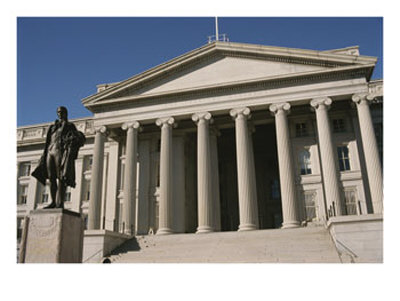- Promote Robust Supervision and Regulation of Financial Firms
- Establish Comprehensive Regulation of Financial Markets
- Protect Consumers and Investors from Financial Abuse
- Provide the Government with the Tools it Needs to Manage Financial Crises
- Raise International Regulatory Standards and Improve International Cooperation
While these are noble goals, the blueprint document offers little in terms of specific actions other than the creation of more agencies and committees to address the concerns. This will result in greater regulatory complexity and reduced governmental accountability. For individual companies, this will certainly require greater investment in compliance programs to address the new governmental requirements. Since the requirements are unknown at this point, companies will be well served to have a nimble and flexible infrastructure in place in order to adapt to the new regulatory regime. Are you prepared? Wheelhouse Advisors provides cost-effective solutions to help companies meet the increasing risk management and compliance demands. Visit www.WheelhouseAdvisors.com to learn more.






